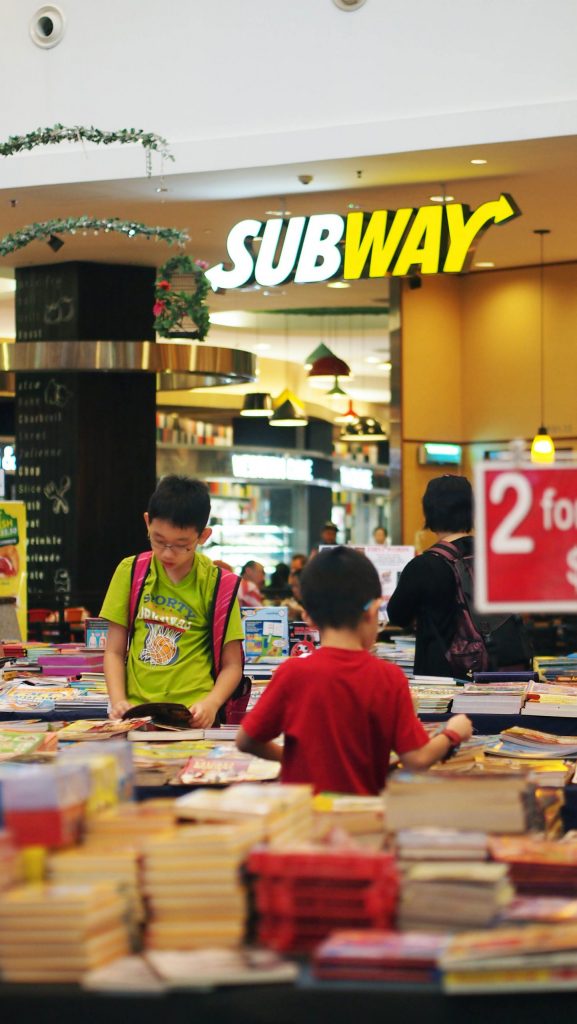Exploring Creativity Dimensions in Singapore and Beyond
September 3, 2021

Teacher’s Day is observed on the first Friday of September and seeks to recognize the unwavering efforts of teachers and staff towards molding the next generation of Singaporeans and building a world-renowned education system that has consistently produced top performers.
In the 2019 edition of Trends in International Mathematics and Science (Timss), an international study conducted by a non-profit education research cooperative, Singaporean students once again edged out their international counterparts and ranked first in the study. This marked the second consecutive time Singaporeans have snatched the top spot in this study. Despite our students’ stellar track record in these international studies, the Ministry of Education (MOE) has rolled out a series of initiatives in a bid to revamp Singapore’s education system.
A prominent example would be the change in the scoring system for the Primary School Leaving Examinations (PSLE). In fact, 2021 marks the introduction of the new scoring system — also known as the Indicative Achievement Level Cut-off Point — and spells the end of the previous PSLE grading system which has endured 60 long years in Singapore’s education system. The previous grading system, which reflected the aggregate score of a student’s performance across four subjects, was criticized for providing more weightage to the individual’s performance relative to her peers and for differentiating students too acutely. This resulted in an over-emphasis on academic performance. The change in the scoring system is part of a larger project to shift the focus away from academic achievement to holistic development and creativity. The impetus to revamp Singapore’s education system stemmed largely from the need to prepare younger generations of Singaporeans for a high-tech future.
Exploring Creativity Dimensions is a grant funded by the Ministry of Education Academies Fund led by Associate Professor Maria Kozhevnikov (NUS Psychology). The grant, in line with the objectives of MOE’s revamp of the education system, recognizes that the development of the global economy will result in a shift of focus towards creative and critical thinking. This suggests that there is a need to reform the education system to provide a conducive environment to promote the development of these capacities. As a result, Exploring Creativity Dimensions fills in the conceptual gaps regarding how cognitive processes are fundamental to creative thinking and the connections between creativity and information processing.
The researchers collaborated with Evergreen Secondary School — a public school in Singapore — to investigate the dimensions of students’ creativity and their visualization abilities. As part of the study, students of Evergreen Secondary School, aged 13 to 16 years old underwent specially designed object and spatial visualization training incorporated into the existing school curriculum. The effectiveness of these training methods was assessed in an attempt to establish a connection between creativity and information processing. A/P Kozhevnikov notes that the findings of this study can be used to design the curriculum in a manner that promotes the development of particular kinds of creativity. This, in turn, can improve Singapore’s pedagogical practices and further develop the skills of our school teachers. In the long term, the findings will bolster MOE’s efforts to revamp the education system to bring about a change in focus towards holistic development and creativity.
A/P Kozhevnikov has conducted related research in Russian specialized schools. In “Creative Processes during a Collaborative Drawing Task in Teams of Different Specializations” (Creative Education, 2020), A/P Kozhevnikov and Assistant Professor Olesya Blazhenkova (SU Arts and Social Sciences) examined the creative drawing processes of teams of students from different academic specializations; visual arts, sciences and mixed. They discovered that there were noticeable differences in the visualization processes among students from the different specializations. As a result, the researchers demonstrated that the visualization profiles of each individual were an important consideration in forming multidisciplinary teams.
Read the article here.
Read The Straits Times’ coverage of the Timms International Study here.
Read The Straits Times’ coverage of the new PSLE scoring system here.
